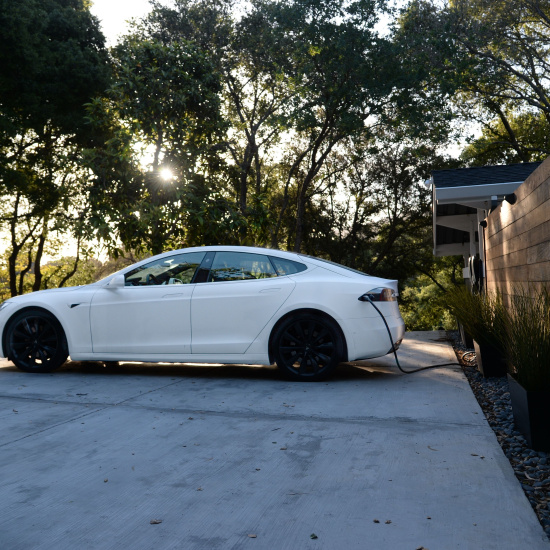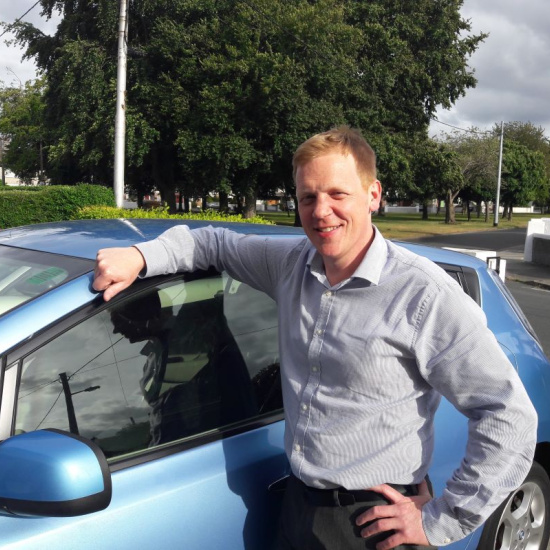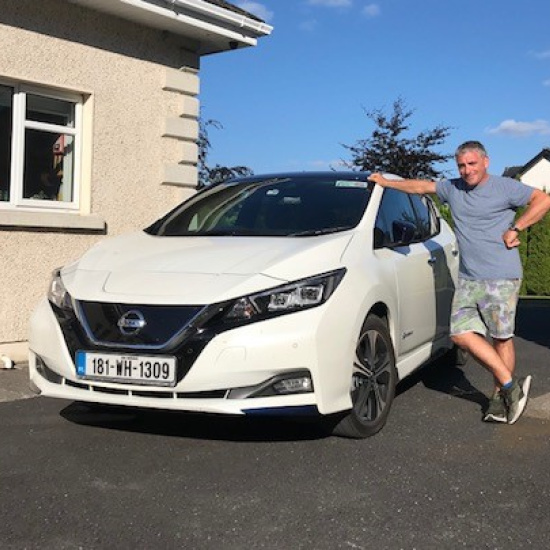Electric Vehicle Charging Essentials - Part 2
New to driving electric or planning to make the switch to an EV soon? We share all the essential information you need to know about charging your EV
In this three-part series, we share everything you need to know about charging an electric vehicle. We often hear feedback and comments from people that charging can be a hurdle in the switch to electric. The how, when, where and the time it takes to charge an electric vehicle can be a bit intimidating! We will take you through the different ways you can charge an EV, the convenience of it and the support you will have on your EV journey.
Charging an Electric Vehicle (EV) - Neighbourhood and Destination Charging
Our Home Charging blog will be of interest to those of you who have access to your own driveway or live in a development with EV charge points. But many of us who plan to purchase an EV don't have our own driveway and don't live in a development with charge points onsite. If that sounds like you or if you're concerned about charging away from home, then read on. The growing number of public charging options in neighbourhoods and at popular destinations allow for the mantra of 'charging whilst stopped, rather than stopping to charge'.
Neighbourhood and Destination Charging Locations
Neighbourhood and Destination Charging options are available in public carparks, on street, in sports clubs, and even in some workplaces .Affordable and convenient, you can find the different locations using the onboard car navigation or popular charge map apps such as PlugShare, ZapMap or Google Maps.
For some, charging during your shopping trip or cinema visit at the weekend may be sufficient to allow for an entire week of driving. For others, charging for a few hours between breakfast and lunch at work could allow for your daily commute. An hour-long training session while charging at your local sports club could add 50km of range. Carrying this out 2 or 3 times per week might be sufficient to meet your charging needs. Identifying locations such as these will make life with and EV that bit easier.
There are over 2,500 (and growing) chargers on the island of Ireland. Many hotel carparks now provide chargers and when booking a hotel or accommodation, several popular sites will allow you to search for options with EV charging facilities. Novel solutions, such as GoPluggable allow home charger owners to 'rent out' their parking space and charger.
Speed is of the Essence; The Tech
You may be aware that home charging is typically capped at a maximum charging speed of 7kW. Public charging, on the other hand, can offer much higher charging speeds, resulting in a faster charging session.
Standard AC charging points, which require you to use your own cable, can provide between 7 and 43kW. The actual rate your car can receive is limited by your onboard charger and this is often 7kW, but some cars offer 11, 22 and even 43kW capable onboard chargers.
Fast DC charging points are faster again. They have an attached (tethered) cable to connect to your EV and bypass the onboard charger, directly charging your EV battery. Most of these chargers are capable of 50kW and higher. The actual rate your car receives, depends on the model and reduces when the battery is nearly 'full'. As a comparison 7kW will add 100km in 2 hours, the 50kW units can add 300km in 1hour, when connected to a suitable car.
Cost of Neighbourhood and Destination Charging
The cheapest method of charging is at home while on an EV specific Time of Use (TOU) tariff. The public charging network will cost more. For example, a typical cost per kWh on the public network AC chargers is 50cent. On average an EV would use 15kWh over 100km. So, for 100km, it would cost €7.50 (15 X 0.5). This number still compares favourably to the €10 cost of driving a petrol or diesel car over the same distance.
(EV consumption assumed to be 14 - 15kWh/100km. High speed driving or adverse conditions may increase consumption to approximately 20kWh/100km.)
This EV charging cost example is more expensive than our indicated costs in the Fuel Price Comparison where 90% of charging is assumed to be carried out at home. Costs could be offset further by charging at work. If chargers are provided, it is probable that your employer will have some cost to charge, but it would likely be significantly lower than the 50 cent/kWh on the public network.
Preparing for your EV Journey
To help you on your path towards driving electric here are some of my top tips!
-
Use charging maps such as PlugShare, Google Maps, ZapMap etc to identify local charging sites you can use.
-
Check if your workplace offers EV charging. If they don't provide this service, then ask if it is something they will consider offering in the future.
-
When searching for hotels or rented accommodation online, check if they provide charging facilities. If they don't, then send a quick email asking when they intend on installing an EV charge point.
-
Visit our page on Charging an EV for more information.
What's next
In the next and final blog in the EV Charging series, we'll review 'En-Route Charging'.



